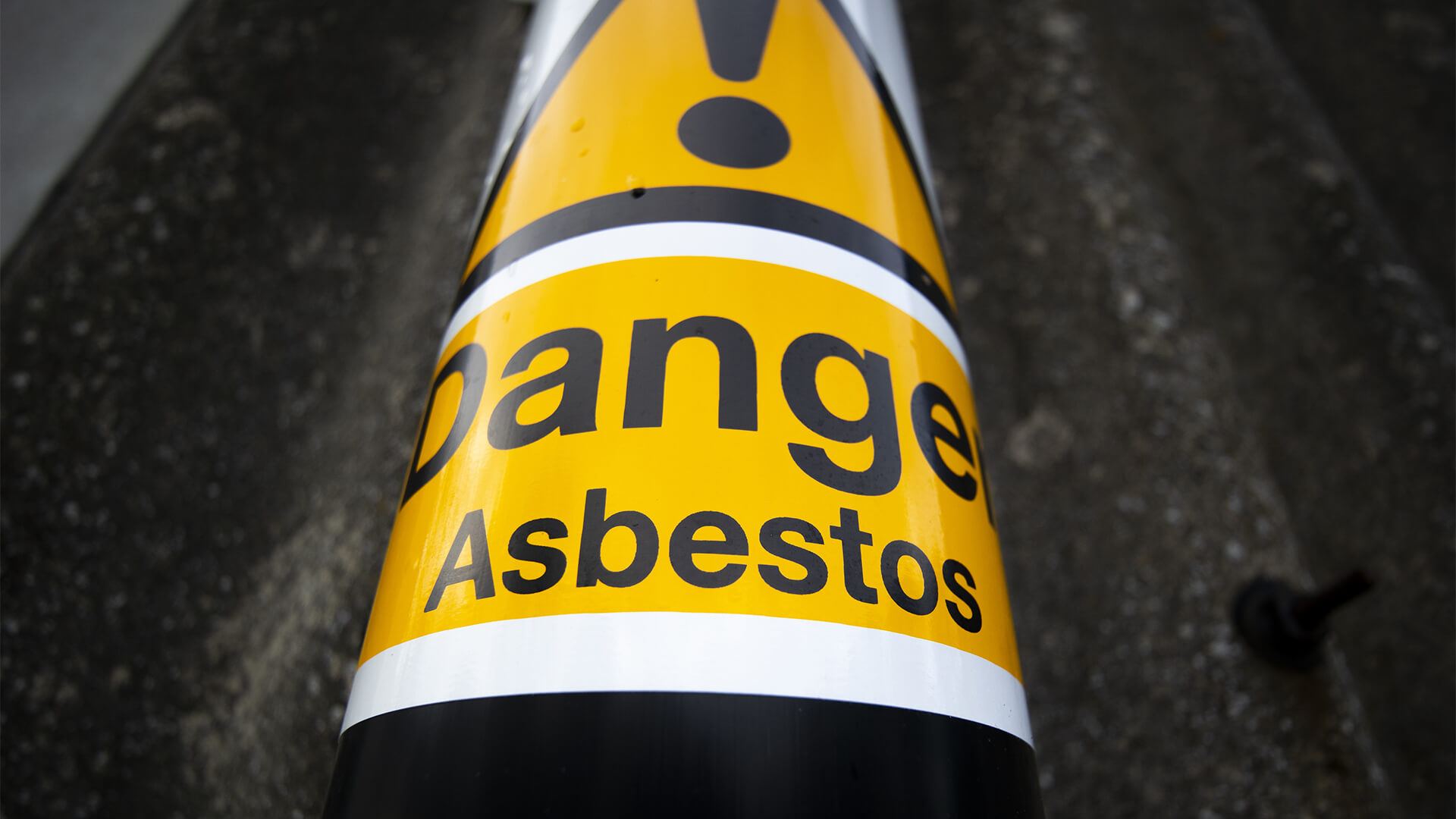As we’re spending more time inside our homes, many of us are starting our own refurbishment projects. We’re making our living spaces more liveable and improving the design, whether out of necessity or sheer boredom. But the downside? Many news outlets, as well as Sky News, have reported a shocking surge in fly-tipping asbestos material over lockdown. Homeowners are irresponsibly dumping this waste that can have lifelong adverse health effects. Asbestos is potentially hazardous and in need of specialist and expensive removal by experts.
What is asbestos and why was it used if it was dangerous?
Asbestos was used widely across the world as a building material throughout the 1950s through to the 80s. It is strong, cheap, insulating, and widely available. However, the dangerous health effects weren’t known like they are now. Sadly, this means that this dangerous fibre was integrated into most industrial buildings until it was banned in 1999. Although it is removed when identified through asbestos surveys, there is still some of this material existing today. These fibres are so big that they can’t be broken down by the body, translating to around 5,000 deaths a year. Worse, 94 per cent are preventable.
Research shows that severe or even fatal diseases can be incurred when asbestos fibres and released and inhaled. These illnesses have a long latency period, meaning symptoms of these diseases may not be evident until 30 to 40 years after exposure. Those who have come into contact with asbestos are at risk of cancers, including mesothelioma and lung cancer, as well as asbestosis, a serious lung condition caused by long-term exposure, reduced respiratory function, and death.
Because of the delayed health effects, from the period 2010 to 2020, we witnessed a surge in mesothelioma deaths. The Guardian reported that in 2017, deaths reached record levels after such heavy asbestos usage in the 60s and 70s. Rates of mesothelioma, which almost always results in fatality, increased from 1,317 cases in 1995 to 2,523 in 2017.
According to the Guardian, experts estimate that a similar number of people die from asbestos-related lung cancers. However, this can’t be accurately measured because there are many reasons someone may develop lung cancer. As a result, cause and effect cannot be established.
Asbestos deaths
We took data by the Health and Safety Executive to explore which regions in Britain have been affected the most by asbestos deaths as a cause of mesothelioma from the period 1981 to 2018. In total, there have been 61,178 during this period in the UK, with 53,424 occurring in England.
Death in men
There are significantly more asbestos-related deaths in men. This isn’t surprising, considering men were primary workers on construction sites back when asbestos was used. The South East of England is affected the most with 8,656 asbestos-related deaths from 1981 to 2018. The breakdown by region shows that Medway in particular had the highest deaths at 454, followed by:
- Portsmouth (433)
- Southampton (392)
- Isle of Wight (255)
- Brighton and Hove (169)
- Milton Keynes (168)
- West Berkshire (128)
- Windsor and Maidenhead (116)
- Wokingham (110)
- Reading (96)
- Bracknell Forest (89)
- Slough (67)
The top 10 locations for highest male deaths is Plymouth with 578, North Tyneside with 534, Medway with 454, Portsmouth with 433, South Tyneside with 404, Southampton with 392, West Dunbartonshire with 289, Barrow-in-Furness with 285, Hartlepool with 179, and Gosport with 149.
|
|
Men |
Women |
|
Area |
Deaths |
Deaths |
|
South East |
8,656 |
1,505 |
|
North West |
6,329 |
1,061 |
|
East of England |
5,414 |
1,044 |
|
South West |
5,145 |
790 |
|
London |
4,706 |
1,112 |
|
Scotland |
4,636 |
715 |
|
Yorkshire and the Humber |
4,412 |
920 |
|
North East |
3,811 |
631 |
|
West Midlands |
3,496 |
591 |
|
East Midlands |
3,207 |
594 |
|
Wales |
2,073 |
330 |
Death in women
Again, the region for the most deaths for women is South East with 1,505. Again, Medway had the highest deaths at 65 followed by:
- Southampton (54)
- Portsmouth (42)
- Isle of Wight (36)
- Milton Keynes (35)
- West Berkshire (23)
- Windsor and Maidenhead (23)
- Brighton and Hove (22)
- Bracknell Forest (21)
- Wokingham (18)
- Reading (13)
- Slough (12)
Although women weren’t working on construction sites, deaths have still occurred as a result of asbestos-related illness due to wives washing men’s work gear when they got in from work and being exposed to the dangerous fibres—known as secondary exposure.
The top 10 locations for the highest deaths in women are Leeds with 293, Sunderland with 153, Newcastle upon Tyne with 87, Barking and Dagenham with 85, Havering with 81, Newham with 72, Medway with 65, Blackburn with Darwen with 42, West Dunbartonshire with 37, and Barrow-in-Furness with 28.
It isn’t surprising to see so many of the same towns and cities in the top 10 locations for deaths across both genders as men’s clothing likely brought asbestos home to impact women.
Because of the devastating impacts asbestos can have on lives, families, and friends, leading scientist Dr Carsten Hansen argues that ground breaking research into asbestos-related cancer needs to be continued after disruption from lockdown due to the one-year life expectancy of these cancers.



















